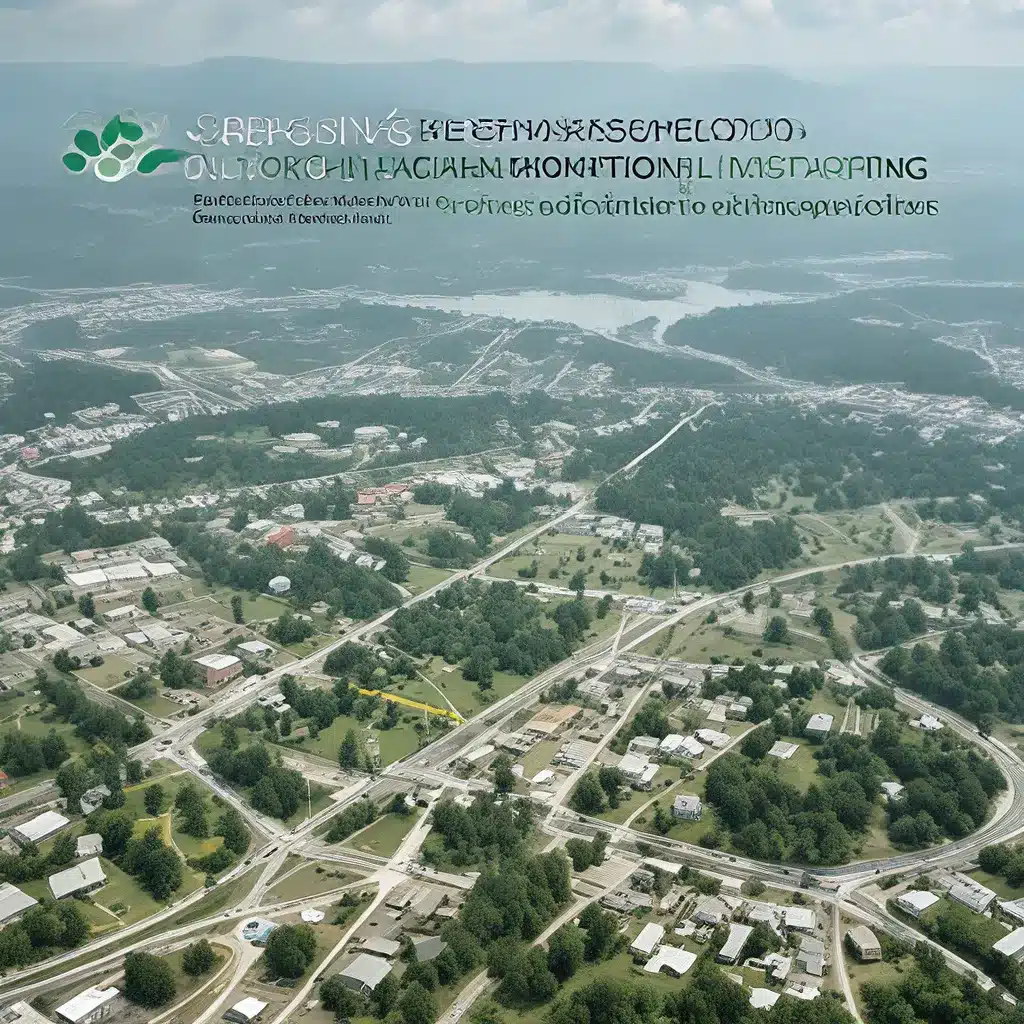
In the rapidly evolving world of technology, sensor networks and the Internet of Things (IoT) have emerged as powerful tools for addressing critical environmental challenges. These innovative solutions are transforming the way we monitor, analyze, and respond to environmental conditions, paving the way for a more sustainable future.
Powering Environmental Monitoring with Sensor Networks
At the heart of this revolution are sensor networks – intricate webs of interconnected devices strategically placed to collect and transmit data from various environmental sources. Sensors can be deployed to monitor air quality, detect water contamination, track wildlife populations, and much more. By leveraging the power of edge computing and remote connectivity, these sensor networks provide real-time insights that enable prompt action and informed decision-making.
One of the key advantages of sensor networks in environmental monitoring is their ability to detect and respond to environmental hazards rapidly. A recent study by The Lancet Commission revealed that more than 9 million people die each year from global pollution, and environmental hazards are putting one out of every 6 people at risk. With sensor networks, governments and industries can quickly identify and address issues such as chemical spills, harmful pollutants, and other environmental threats, enabling a swifter and more effective response.
Innovative IoT Applications for Environmental Monitoring
The integration of IoT technology with sensor networks has unlocked a wealth of innovative applications in the realm of environmental monitoring. IoT-enabled devices can be strategically placed to collect a diverse range of environmental data, from air quality and water purity to wildlife tracking and climate patterns. These IoT solutions, combined with advanced analytics and artificial intelligence (AI), can provide valuable insights that support environmental conservation and protection efforts.
One such example is the use of IoT-enabled sensors to monitor the health of marine ecosystems. By deploying a network of underwater sensors, researchers can track changes in water temperature, pH levels, and the presence of various marine species, enabling them to identify and address potential issues before they escalate. Similarly, IoT-based air quality monitoring systems can be deployed in urban areas to provide real-time data on pollutant levels, empowering local authorities to implement targeted mitigation strategies.
Addressing Security Challenges in Sensor Networks
As sensor networks and IoT devices become increasingly integral to environmental monitoring, the need for robust security measures cannot be overstated. These systems, which often operate in remote or uncontrolled environments, can be vulnerable to cyber threats, data breaches, and unauthorized access. To mitigate these risks, sensor network designers must incorporate advanced security protocols and encryption techniques to ensure the confidentiality, integrity, and availability of the collected data.
Digi’s expertise in providing firmware, drivers, and software solutions for IoT devices can be invaluable in addressing security challenges. By leveraging secure device management, over-the-air (OTA) updates, and end-to-end encryption, sensor network deployments can be designed to withstand emerging cyber threats and protect the sensitive environmental data they collect.
Optimizing Energy Efficiency in Sensor Networks
Another crucial consideration in sensor network design is energy management. These distributed systems often operate in remote or hard-to-reach locations, making access to reliable power sources a significant challenge. Innovative approaches to energy harvesting and power optimization are essential to ensure the long-term sustainability and reliability of sensor networks.
Techniques such as solar energy harvesting, energy-efficient communication protocols, and low-power sensor node design can all contribute to reducing the energy footprint of sensor networks. By optimizing power consumption, sensor networks can operate for extended periods without the need for frequent battery replacements or maintenance, making them more cost-effective and environmentally friendly.
Shaping the Future of Environmental Monitoring
As the world continues to grapple with the pressing challenges of climate change, pollution, and ecosystem degradation, the role of sensor networks and IoT in environmental monitoring will only become more critical. These innovative technologies are poised to transform the way we detect, analyze, and respond to environmental issues, enabling us to make more informed decisions and take proactive measures to protect our planet.
By leveraging the power of sensor networks, industries, governments, and environmental organizations can collaborate to develop comprehensive, data-driven solutions that address the most pressing environmental concerns. From urban air quality monitoring to wildlife conservation efforts, the possibilities are endless, and the impact can be far-reaching.
Ultimately, the advancement of sensor networks and IoT in environmental monitoring represents a crucial step towards a more sustainable and resilient future. As we continue to explore and refine these technologies, we can look forward to a world where environmental stewardship is empowered by the real-time insights and actionable intelligence provided by these innovative systems.
Explore the future of environmental monitoring by visiting sensor-networks.org, your gateway to the latest advancements in sensor network technology and IoT-powered solutions for a greener tomorrow.